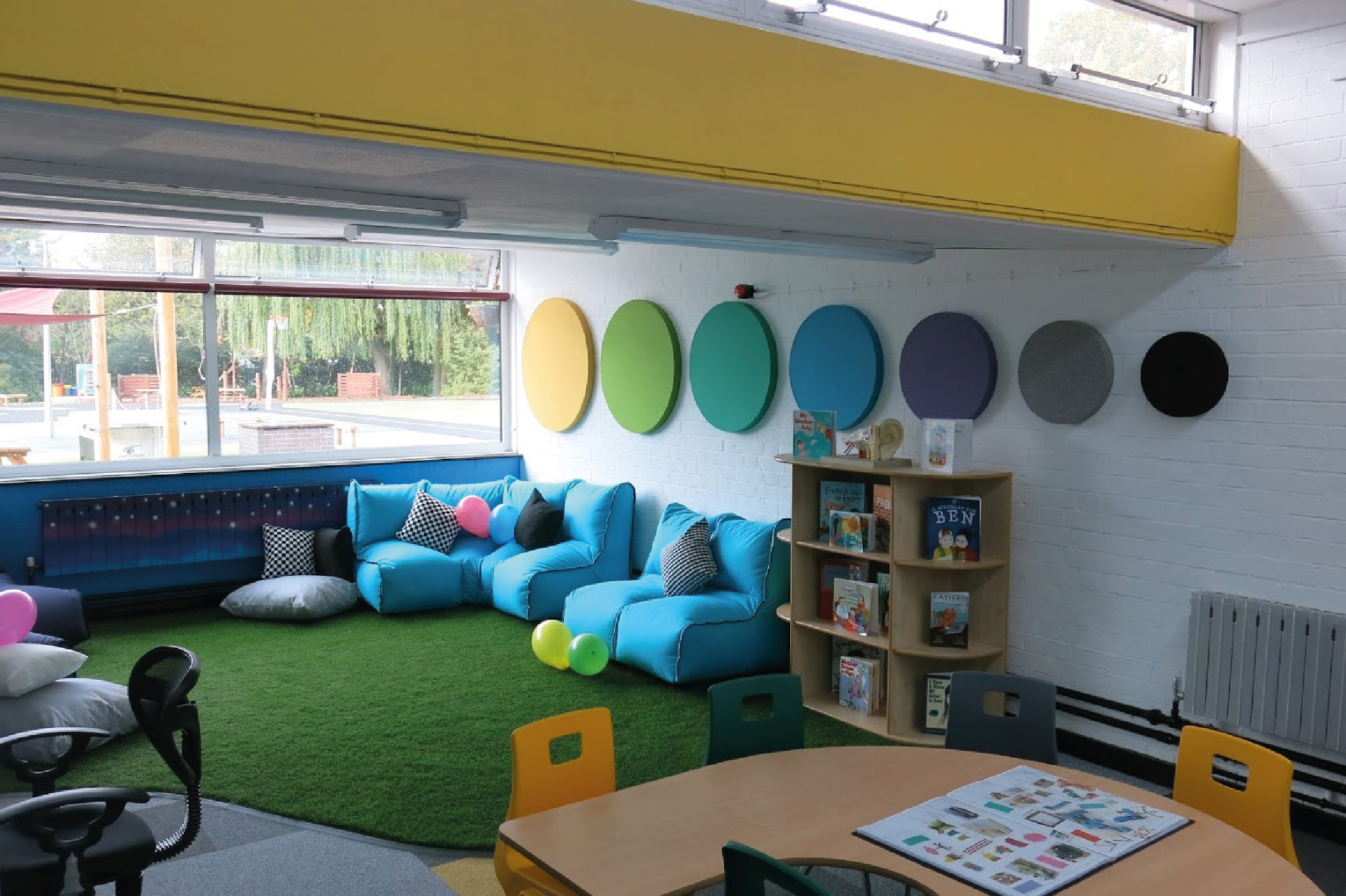The Marvels of Acoustic Foam Panels
In a world pulsating with noise, the quest for tranquility has led many to discover the transformative power of acoustic foam panels. These unassuming pieces of foam, with their unique properties, are silently revolutionizing the way we experience sound in our spaces.
At its essence, acoustic foam is a specialized material designed to absorb sound waves effectively. Its porous structure, often characterized by peaks and valleys, facilitates the dissipation of sound energy. This remarkable feature makes acoustic foam panels an indispensable tool for those seeking to create spaces that resonate with clarity, devoid of echoes and unwanted noise.
The primary function of acoustic foam panels is to address reverberation and sound reflections within a room. Whether in recording studios, home theaters, offices, or residential spaces, these panels act as acoustic sponges, absorbing sound waves and preventing them from bouncing off walls and surfaces. The result is a space that is acoustically balanced, where speech is clear, music is pristine, and ambient noise is significantly reduced.
One of the remarkable qualities of acoustic foam lies in its ability to target specific frequencies. Different thicknesses and shapes of foam panels can be strategically placed to absorb frequencies that contribute to noise issues. This level of customization allows individuals to tailor the acoustic environment to their specific needs, whether it’s eliminating the low hum of machinery or refining the clarity of high-frequency sounds.
Beyond its Panneaux de mousse acoustique functional prowess, acoustic foam panels have made a mark in the realm of design. Available in various shapes, sizes, and colors, these panels seamlessly integrate into diverse spaces, becoming not just utilitarian but also aesthetic elements. From classic wedge-shaped panels to more creative designs, acoustic foam adds a touch of sophistication to interiors while discreetly performing its acoustic magic.
In recording studios, the adoption of acoustic foam panels is a testament to their impact on sound quality. By minimizing reflections and preventing sound waves from interfering with microphone recordings, these panels contribute to the creation of pristine audio recordings. Musicians, podcasters, and audio engineers have embraced the transformative effect of acoustic foam in sculpting a sonic landscape that allows for creativity to flourish.
The ease of installation is another factor that contributes to the widespread adoption of acoustic foam panels. These lightweight panels can be affixed to walls and ceilings with minimal effort, making them a practical solution for both professional installations and DIY projects. The flexibility in placement allows users to experiment with arrangements to achieve the optimal acoustic result.
It’s important to note that while acoustic foam panels excel in absorbing mid to high-frequency sounds, they may not be as effective for low-frequency noise. In situations where bass frequencies are a concern, additional acoustic treatments such as bass traps may be recommended to complement the foam panels.
In conclusion, acoustic foam panels are more than mere accessories; they are gatekeepers of sound, shaping the acoustic landscape of our living and working spaces. As we navigate a world filled with auditory stimuli, these unassuming foam panels stand as guardians of tranquility, inviting us to revel in the symphony of silence they create. Whether in the pursuit of artistic perfection or simply seeking solace in a quiet corner, acoustic foam panels emerge as the unsung heroes of acoustics, transforming spaces into harmonious sanctuaries.
